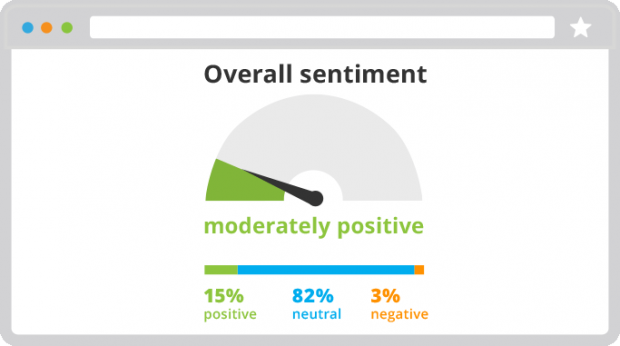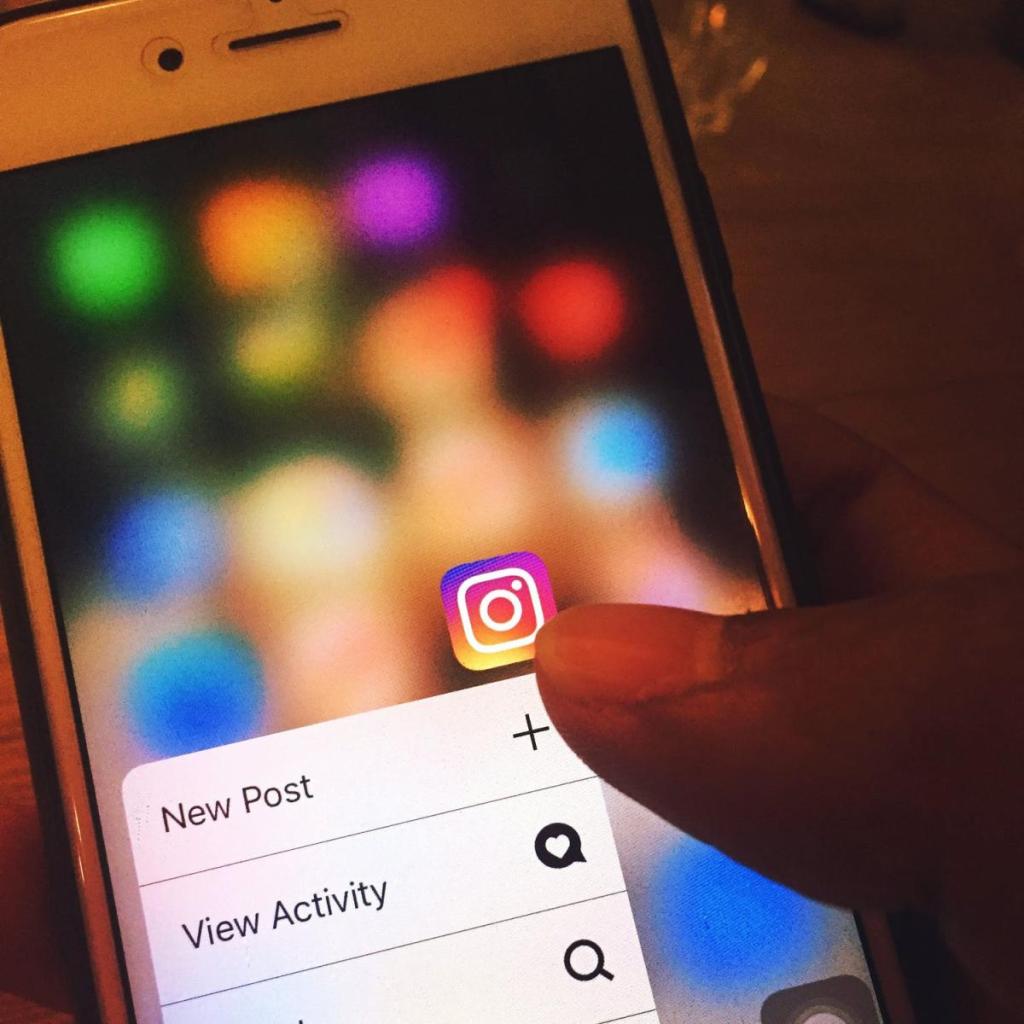What is Social Listening? (and How to Employ It)
October 19, 2021 By everybody , aka mind
The value of social media marketing is nigh undeniable in the digital age. With proper execution, it offers such benefits as increased exposure, higher customer retention rates, and more. However, audiences will only share so much of themselves with brands and will often refrain from direct responses, tags, and mentions.
Still, that feedback can offer actionable insights and reveal opportunities – as long as you receive it. Social listening is how your brand can receive that feedback. What is social listening? Here’s what you need to know and how to employ it:
What is Social Listening?
In brief, social listening is the continuous, two-part process of monitoring and analyzing.
1. Monitoring Your Social Channels
Monitoring your social media channels provides the useful feedback you need. This can include product or service perceptions, unbranded mentions, discussions on specific subjects of value, and more.
2. Analyzing Feedback
Analyzing said feedback helps you acquire concrete insights and allows you to act in response to them. This can include pattern recognition and evaluation on the front of analysis, and any appropriate actions on the front of responding.
2 Big Reasons Why Social Listening is Practical
This two-part process offers multiple benefits. But, the primary two reasons why social listening is practical, viable, and necessary are:
1. It Integrates With Existing Processes
First, existing marketing assets often offer social listening capabilities or integrations with such solutions. A primary example of this lies in Customer Relationship Management (CRM) solutions, which is a mainstay marketing asset for most mid-sized and larger businesses.
In this regard, the emerging social CRM subset offers to integrate your processes with social media with ease. Moreover, even outside of this specific subset, integration options continue to expand to meet the demand for them.
2. It Expands on Social Media Strategies
Second, social listening primarily expands on existing social media strategies. That is, it does not necessitate entirely new efforts, but only refinements of the social media marketing that, in most cases, is already in place.
What’s more, businesses that already engage in social monitoring have an excellent practical foundation for social media listening. So, how does social listening differ from social monitoring?

Social Listening vs Social Monitoring
On that note, it’s important to distinguish “social listening” from “social monitoring”. These terms often see interchangeable use, but, while they overlap, they are actually quite different.
How They Are Similar
In brief, the two are conceptually similar in that both:
- Seek to gauge social media activity effectiveness
- Monitor brand-relevant discourse
- Offer insights to enhance social media marketing
How Social Monitoring is Different
That’s where similarities and overlaps end, however. Social monitoring differs from social listening in key regards, namely:
- It has a narrower monitoring scope; social monitoring monitors specific keywords, not broader discussions and trends.
- It has a narrower application focus; social monitoring typically focuses on individual campaigns, not overall brand-building efforts.
- It doesn’t entail analysis and follow-up action; finally, social monitoring simply gauges such metrics as brand mention quantity.
In contrast, social listening has a broader scope and broader applications. As HubSpot puts it, “[s]ocial listening finds the root causes behind social conversations and implements long-term strategy changes”.
Why Does Social Listening Matter?
Even with that definition, however, you may not immediately see the value of social listening. Or, you may find that your existing social monitoring suffices for your purposes. To address these possibilities, then, here are a few of the benefits of social listening:
1. Increased Engagement Quality
Initially, social listening enables you to “thoughtfully craft responses that provide real value”, as HubSpot asserts in the above article. That’s because it offers a solid overview of your brand’s image online, and a deeper understanding of discussions around it.
2. Enhanced Customer Journeys
By the same token, social listening enables you to identify unseen pain points. Where social monitoring would only uncover metrics like engagement rates, social listening will delve deeper into exact customer journey paths. This will allow you to craft more accurate buyer personas as well as refine their journeys from promotion to conversion.
3. Competitor Tracking
Similarly, your audiences may discuss your competitors as they, too, attempt to court them. Listening to such discussions adds another layer to your competitor analysis practices by focusing on what actual audiences say. They may, for example, discuss a new product launch you have missed and will need to respond to.
4. PR
Finally, social listening also enhances PR teams’ arsenals by providing additional information. By gauging the overall sentiment around their brand, they can react more swiftly to crises as they emerge. This is a key crisis communication strategy for businesses.
At the same time, it can help quantify positive and negative reactions for more calculated actions – as it’s often easy to mistake minor, isolated outbursts of negativity for much larger crises than they really are.

How to Employ Social Listening
Now, having established the scope and value of social listening, here’s how you can employ it.
1. Perform a Social Media Audit
First, as an initial measure, it would be wise to begin with a social media audit. Should you feel you have a healthy enough social media marketing foundation, and a firm enough grasp of its effectiveness, you may skip this step.
Performing a social media audit at this early stage should serve to overview your profiles’ statuses and underscore potential oversights. In turn, it will help inform your social listening; what you should listen for, how to analyze, and so forth.
2. Choose the Keywords You Will Monitor
Then, preferably with the above insights in hand, you may begin to choose the keywords you will listen for.
In this context, “keywords” are not exclusively campaign keywords themselves; rather, they are any terms that may offer value. Such terms may include:
- Your brand name
- Product or service names and common misspellings of them
- Niche-specific and industry-specific terms of note
- Names of individual high-profile employees and associates
- Hashtags related to your brand, whether created by you or your audiences
These terms will, of course, depend on your exact goals and perceived shortcomings – which is why audits offer notable value.
3. Choose Your Social Listening Tools
Then, you may choose the social media tools that best suit your needs and can facilitate social listening. Ideally, your existing tools should offer such capabilities, but some are unfortunately limited to such features as post scheduling. In that case, notable social listening tools to consider include:
- Hootsuite – Created and backed by a social media marketing juggernaut, Hotosuite’s multi-purpose platform offers deep monitoring and listening capabilities.
- HubSpot – An equally robust and famous platform, HubSpot’s extensive features expand to social listening within the same dashboard.
- Sprout Social – Another high-profile contender, Sprout Social offers social listening capabilities few can match – including real-time brand monitoring.
- Audiense – A less famous but still potent solution, Audiense offers to identify, monitor, and efficiently segment audiences, as its name suggests.
- Synthesio – Another lesser-known but notable tool, Synthesio offers powerful social listening features including mention segmentations and response delegations.
4. Listen Everywhere, and Mind the Competition
With your goals set and your tools in hand, you may begin to engage in social listening. As you do, it is crucial that you listen “everywhere” – with distinctions. Keep a few of these things in mind:
- Where do your audiences primarily hang out?
- How does your mention frequency differ across platforms?
- What types of discussions take place on each platform?
Such preliminary questions should help inform your listening scope. You should, by all means, track multiple platforms, but making such distinctions early should help you prioritize.
As you do, you’ll inadvertently notice your audiences discuss your competitors too. As highlighted above, this is an excellent additional layer onto your competitor analyses. Thus, as you listen, take note of your competitors’ presence:
- How often do your audiences mention your competitors, and what do they say about them?
- How often do your competitors mention you or directly engage with you, and in what way?
- What mistakes are they making you can avoid or benefit from?

5. Analyze and Act on Your Findings
Finally, this is the step where social listening differs from social monitoring. By this phase, you have likely gathered troves of data you can analyze to make various deductions:
- What is your brand’s overall social reputation?
- Which overlooked pain points can you identify?
- In what terms, and how often, are you compared to your competitors?
These and myriads of other deductions require a critical eye and proper analysis. After all, listening does not just entail gathering these data points, but extracting actionable insights from them. After doing so, you may engage in the next appropriate actions, such as:
- Reevaluating price points
- Informing your engagement rates, style, and tone
- Adjusting your content marketing strategies
Remember, it is this final step that best diversifies social listening from plain social monitoring.
In summary, social listening boasts a wider scope, and thus more applications, than social monitoring.
It calls for listening for conversations that involve your brand, public representatives, industry, and products or services. In doing so effectively, you can inform your marketing efforts, reveal more opportunities for growth, and refine your social media presence and activities. This is why social listening is consistently one of the social media trends.
View Comments